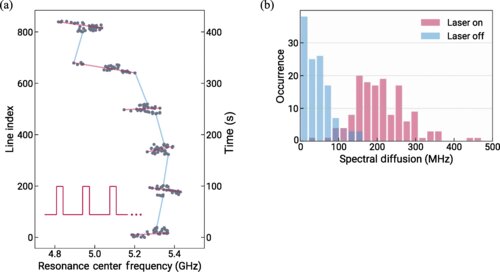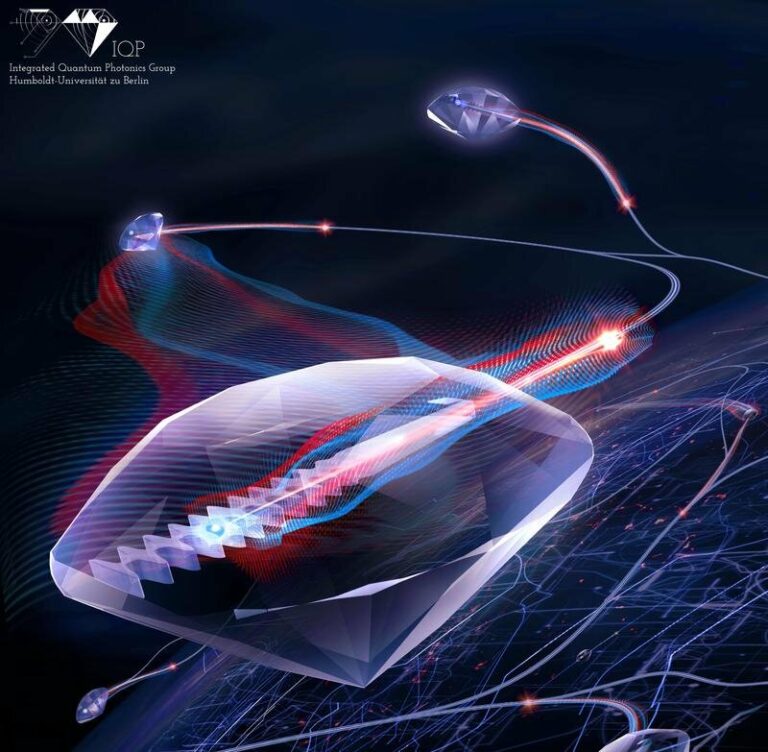Significant Progress Toward Quantum Internet Achieved with Diamond Nanostructures, Say Researchers
Diamond material is of great importance for future technologies such as the quantum internet. Special defect centers can be used as quantum bits (qubits) and emit single light particles that are referred to as single photons.

In addition, the Berlin researchers show that the current communication rates between spatially separated quantum systems can prospectively be increased more than 1,000-fold with the help of the developed methods—an important step closer to a future quantum internet.
The scientists have integrated individual qubits into optimized diamond nanostructures. These structures are 1,000 times thinner than a human hair and make it possible to transfer emitted photons in a directed manner into glass fibers.
However, during the fabrication of the nanostructures, the material surface is damaged at the atomic level, and free electrons create uncontrollable noise for the generated light particles. Noise, comparable to an unstable radio frequency, causes fluctuations in the photon frequency, preventing successful quantum operations such as entanglement.
A special feature of the diamond material used is its relatively high density of nitrogen impurity atoms in the crystal lattice. These possibly shield the quantum light source from electron noise at the surface of the nanostructure. “However, the exact physical processes need to be studied in more detail in the future,” explains Laura Orphal-Kobin, who investigates quantum systems together with Prof. Dr. Tim Schröder.
The conclusions drawn from the experimental observations are supported by statistical models and simulations, which Dr. Gregor Pieplow from the same research group is developing and implementing together with the experimental physicists.
This article is republished from PhysORG under a Creative Commons license. Read the original article.
Do not forget to share your opinion with us to provide you with the best posts !




0 Comments